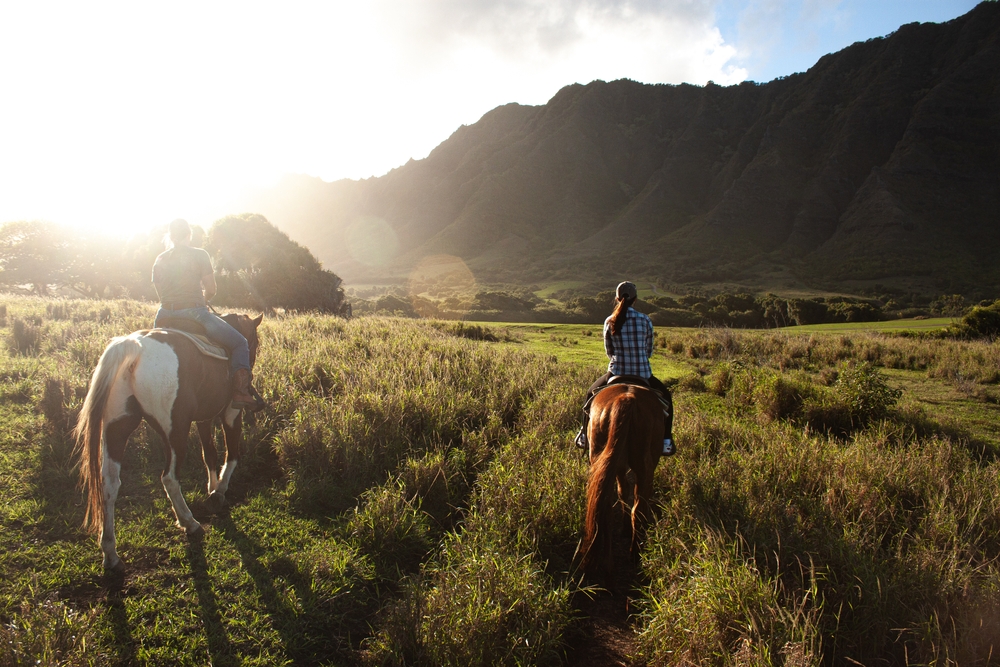Rediscovering the Art of Horseback Travel: A Modern Approach to an Age-Old Mode of Transportation
The modern world may be dominated by planes, trains, and automobiles, but there's something uniquely invigorating about exploring the landscapes on the back of a horse. Horseback travel, a mode of transportation that dates back to ancient times, is making a resurgence. This article dives into the history, current trends, and practical applications of this timeless travel style.

Horseback Travel: A Look into the Past
Horseback travel has been integral to human civilization. Early humans domesticated horses around 4000 BC for transportation, agriculture, and warfare. This age-old method of travel played a pivotal role in shaping societies, economies, and cultures. However, with the advent of modern transportation, horseback travel was relegated to recreational and ceremonial purposes.
The Resurgence of Horseback Travel
Fast-forward to the 21st century; horseback travel is gaining traction again. A niche segment of travelers is keen on slowing down to appreciate the world around them. For these modern-day adventurers, horseback travel is not about reaching a destination quickly—it’s about the journey, the connection with nature, and the experience of living in the moment.
Moreover, this trend is also being propelled by the desire to reduce carbon footprints and promote sustainable travel. Horseback travel leaves virtually no environmental impact, which aligns with the rising consciousness for eco-friendly practices in tourism.
Advantages and Challenges of Horseback Travel
Horseback travel offers an array of benefits, from the opportunity to explore off-the-beaten-path destinations to the therapeutic effects of bonding with animals. It allows travelers to immerse themselves in local cultures and landscapes in a way that isn’t possible with high-speed travel.
However, it isn’t without challenges. Traveling on horseback requires a certain level of physical fitness, and there are inherent risks attached to riding a live animal. Moreover, it requires time—a commodity that many modern-day travelers do not have in abundance.
Horseback Travel: Key Considerations
- Choosing the right horse riding trip: Consider factors like your riding experience, fitness level, and the type of landscapes you want to explore.
- Ensuring animal welfare: Choose operators who prioritize the well-being of their horses.
- Safety measures: Always wear appropriate gear, including a helmet, and follow the safety instructions provided by the guides.
The Impact of Horseback Travel
The resurgence of horseback travel has the potential to diversify tourism offerings, stimulate local economies, and promote more sustainable travel practices. It encourages travelers to slow down, appreciate their surroundings, and tread lightly on the environment—a trend that is aligned with the global shift towards more responsible tourism.
In conclusion, horseback travel is a compelling blend of history, adventure, and sustainability. As modern-day explorers rediscover this age-old mode of transportation, they’re finding a unique way to connect with nature, engage with local cultures, and experience the joy of slow travel. The resurgence of horseback travel is not merely a nostalgic nod to the past, but a forward-looking approach to exploring the world in a more mindful and sustainable manner.






